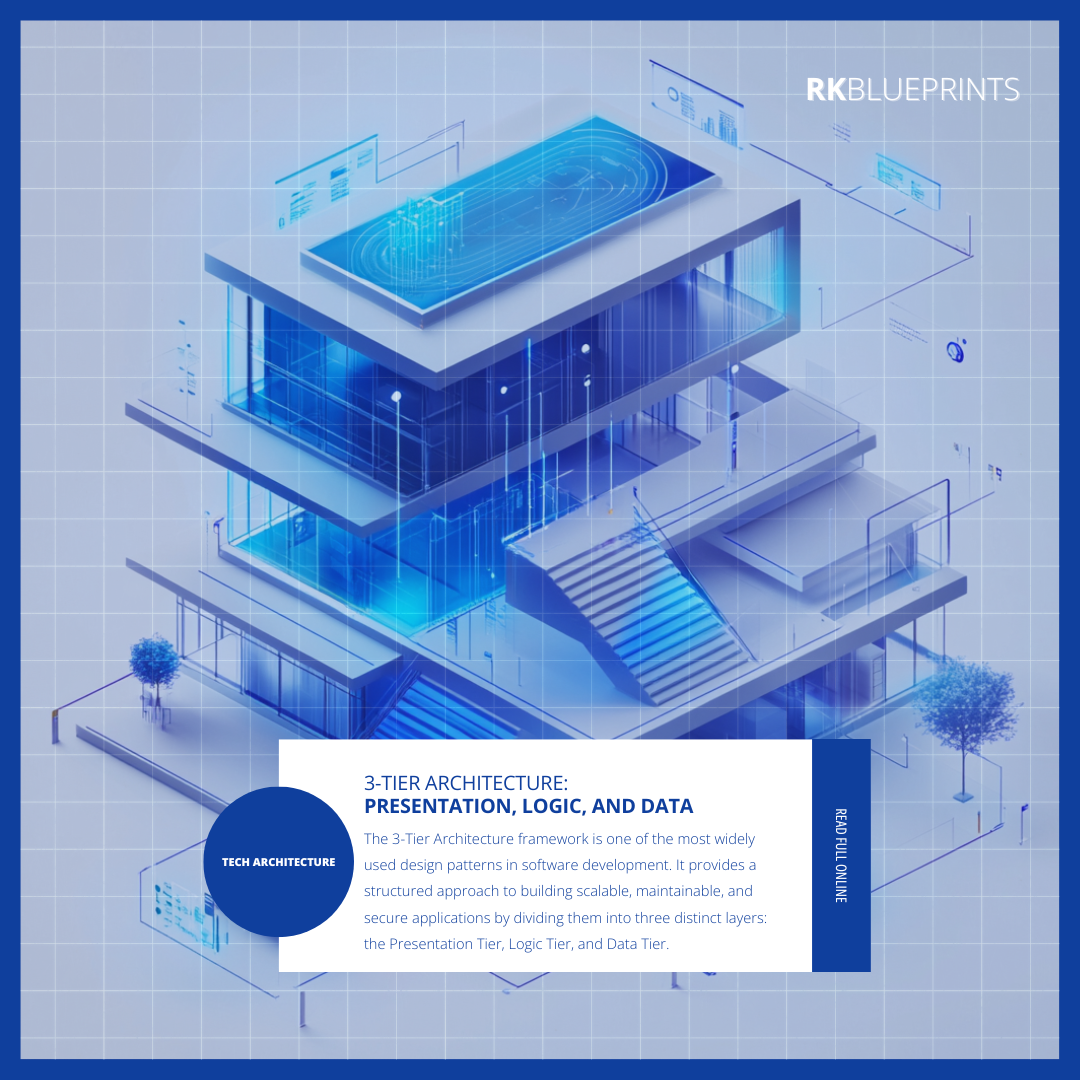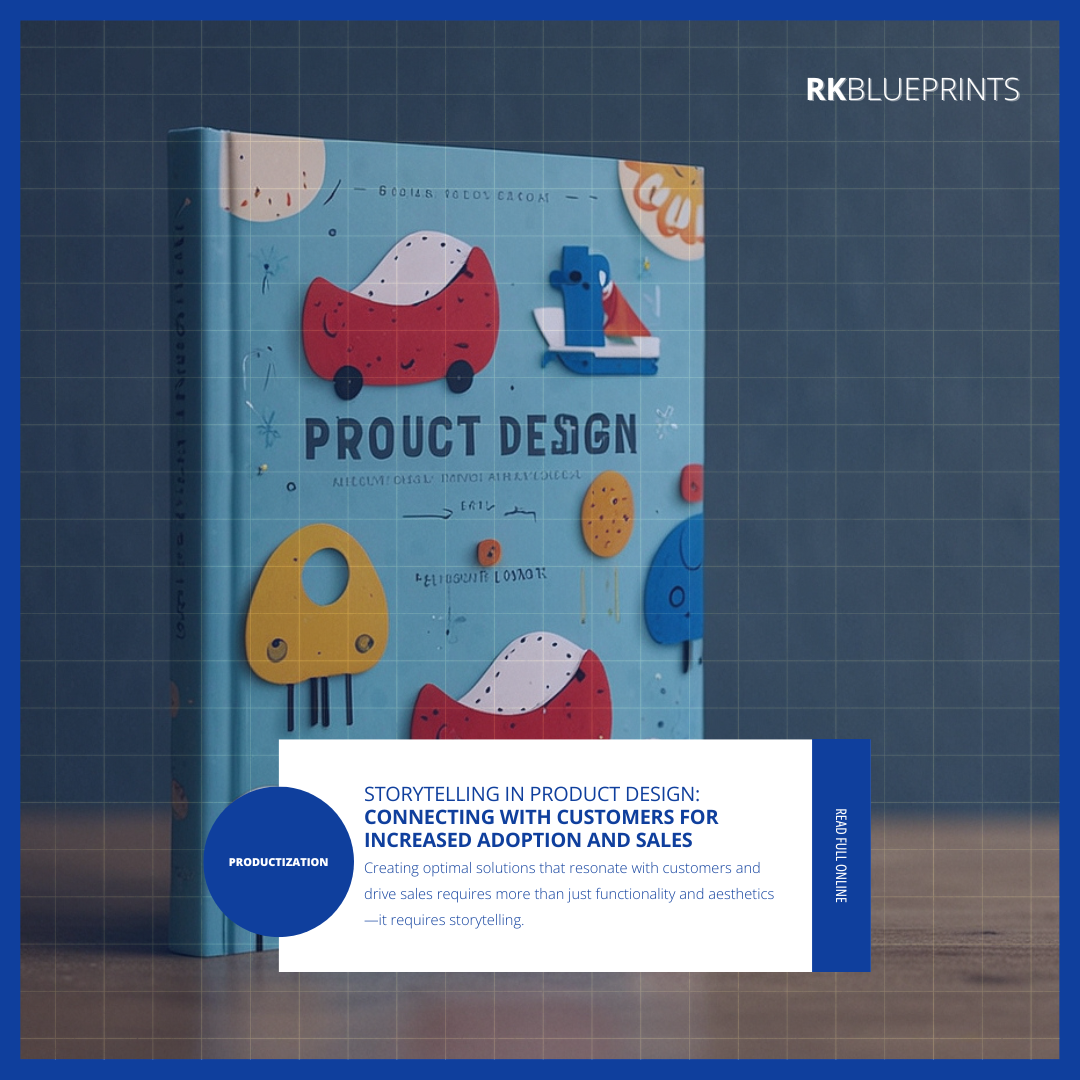Choosing whether to incorporate dining into your venue’s business model is a critical decision that can significantly impact its success. While some venues focus solely on entertainment, others thrive by offering a complete experience that includes dining.
This delicate equilibrium is not merely about serving food and hosting events; it’s about orchestrating an immersive journey for patrons — one that stimulates the senses, fosters connection, and leaves a lasting impression. Whether you’re a quaint café nestled in a bustling neighborhood or a sprawling entertainment complex attracting crowds from near and far, the decision to incorporate dining into your venue’s core business model is a pivotal one, with far-reaching implications for your success.
For many venues, the allure of combining dining with entertainment lies in the opportunity to create a holistic experience — a symphony of flavors, sounds, and ambiance that captivates guests and keeps them coming back for more. However, the path to achieving this harmonious blend is as varied as the venues themselves, with factors such as size, location, target audience, and market trends all playing a pivotal role in shaping the decision-making process.
In this comprehensive guide, we’ll embark on a journey through the diverse landscape of venue management, exploring the nuanced considerations that underpin the incorporation of dining into a venue’s identity. From intimate bistros to grand concert halls, we’ll delve into the unique challenges and opportunities faced by venues of every size and scale, offering insights and strategies to help you navigate the complexities of this multifaceted industry.
So, whether you’re a seasoned venue owner seeking to elevate your establishment to new heights or a budding entrepreneur embarking on the exhilarating journey of launching your first venture, join us as we unravel the mysteries of finding the perfect harmony between dining and entertainment in the ever-evolving world of hospitality.
In this blog, we’ll explore the factors to consider when deciding when and how much to incorporate dining into your venue’s core business model.
Understanding (current and target) patrons
The first step in determining the role of dining in your venue is to understand your audience. Consider the demographics, preferences, and expectations of your target market. Are they looking for a full-service dining experience, casual fare, or just drinks and snacks? Conduct market research, gather feedback from patrons, and analyze industry trends to tailor your offerings to meet the needs of your audience.
Identify strengths, opportunities, weaknesses, threats
Evaluate the market demand for dining options in your area. Are there nearby restaurants or competitors offering similar cuisine? Is there a gap in the market that your venue could fill? Consider factors such as location, foot traffic, and local dining trends to determine the viability of incorporating dining into your business model.
Leveraging space
Assess the layout and capacity of your venue to determine the feasibility of incorporating dining. Do you have a kitchen or space for food preparation? Can you accommodate seating for diners without compromising the entertainment experience? Maximize the use of your space to create a seamless flow between dining and entertainment areas, ensuring guests can enjoy both aspects of your venue comfortably.
Balancing revenue streams
Consider how incorporating dining will impact your revenue streams. Will food and beverage sales complement ticket sales for performances and events? Can you upsell premium menu items or offer special dining packages to increase average check sizes? Balance the potential revenue from dining with the costs of food, labor, and overhead to ensure profitability.
Creating a unique customer experience (CX)
Incorporating dining into your venue can enhance the overall guest experience and differentiate your business from competitors. Consider how you can create a unique dining experience that complements your venue’s theme, ambiance, and entertainment offerings. From themed menus to live cooking demonstrations, find creative ways to engage guests and leave a lasting impression.
Scaling appropriately
Start small and scale your dining offerings gradually based on demand and feedback. Consider launching a limited menu or pop-up dining events to test the waters before committing to a full-scale dining operation. Monitor sales, customer satisfaction, and operational efficiency to make informed decisions about expanding or refining your dining offerings over time.
Venue capacity
Even when considering the aspects above, what is something that makes all the difference when developing a solution for dining? The size of the venue and its prospective dining area(s). Decision design can depend heavily on the size of the venue — lets look at aspects to consider for small/mom-and-pop businesses (SMBs), mid-market/multi-location venues, enterprise spaces, and very large enterprise areas taking into account the size of the venue.
1) Small to medium-sized / “mom-and-pop” businesses (SMBs): For SMB venues, incorporating dining can be a strategic way to attract and retain customers. These venues may have limited space and resources, so offering a curated menu of snacks, small plates, or drinks can enhance the guest experience without overwhelming the operation. Focus on creating a cozy and inviting atmosphere that encourages guests to linger and enjoy both the entertainment and dining offerings.
2) Mid-market/multi-location venues: Mid-market venues (or those with multiple locations) have more flexibility when it comes to incorporating dining. They may have dedicated dining areas or on-site kitchens, allowing them to offer a broader range of menu options, from casual dining to full-service meals. These venues can leverage their scale to negotiate better deals with suppliers and streamline operations across multiple locations while maintaining consistency in quality and service.
3) Enterprise venues: Enterprise-level venues typically have larger footprints and more resources to invest in dining operations. They may have multiple dining concepts, such as fine dining restaurants, casual cafes, and bars, catering to different tastes and preferences. These venues can prioritize creating immersive dining experiences that complement their entertainment offerings, leveraging their size and scale to attract top culinary talent and create memorable guest experiences.
4) Very large enterprise venues: Very large enterprise venues, such as stadiums, arenas, or convention centers, have the capacity to offer a wide range of dining options to accommodate large crowds. These venues may have extensive food courts, upscale restaurants, and specialty concessions, catering to diverse audiences attending events and performances. With advanced kitchen facilities and robust logistics systems, they can efficiently serve high volumes of guests while maintaining quality and variety in their dining offerings.
Incorporating dining into your venue’s business model can be a strategic decision that enhances the overall guest experience and drives revenue growth. By understanding your audience, assessing market demand, leveraging your space effectively, and creating a unique dining experience, you can find the perfect harmony between dining and entertainment. Whether you choose to offer full-service dining or casual fare, prioritize guest satisfaction, and continually innovate to stay competitive in the ever-evolving hospitality industry.







Recent Comments